Laws of Photochemistry:
There are two Photochemical Principles:
- Grotthus-Draper Principle of Photochemical Activation.
- Stark-Einstein Law of Photochemical Equivalence.
Let us explain each type:
Grotthus-Draper Principle of Photochemical Activation (or First Law of Photochemistry): “When light falls on an object, a part of it is reflected, a part of it is transmitted and the rest is absorbed. It is only the light absorbed by the object which is effective in bringing about a chemical reaction.”
However, it is not necessary that absorbed light will always bring about a chemical reaction. It may be converted into kinetic energy of the absorbing molecules and only heat effects are produced or it may be re-emitted as fluorescence or phosphorescence.
According to Beer-Lambert’s law
| Iabs = I0 (1 – e-ℇcx) |
Stark-Einstein Law of Photochemical Equivalence (or Second Law of Photochemistry): “It states that in a photochemical reaction, each light-absorbing molecule absorbs only one quantum of radiation which causes that particular reaction.”
If ν is the frequency of the absorbed light, then the quantum of energy absorbed per molecule is given by
| E = hν and energy absorbed per mole is given by E = N hν ……….(i) Where N = Avogardo number = 6.02 x 1023 h = Plank’s constant = 6.62 x 10-34 Js The quantity E (energy absorbed per mole) is called an Einstein. Equation (i) can also be written as E = Nh (c/λ) [∵ ν = c/λ] Where λ = wavelength c = velocity of light = 3 x 108 ms-1 Note: For n moles, equation (i) is given by E = n N hν = nNh(c/λ) |



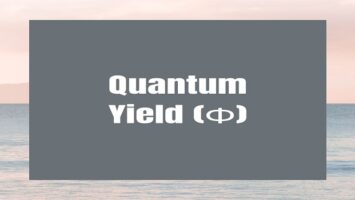
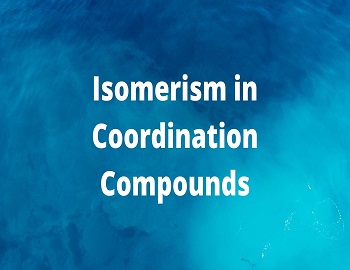
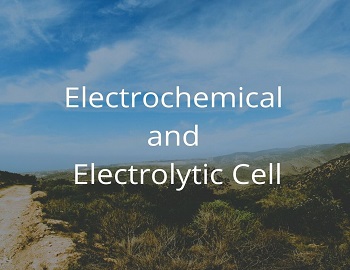
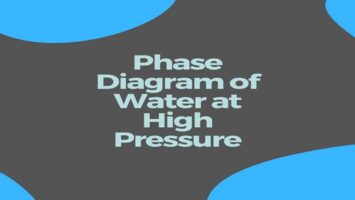
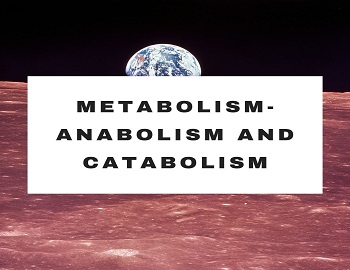

Comments (No)